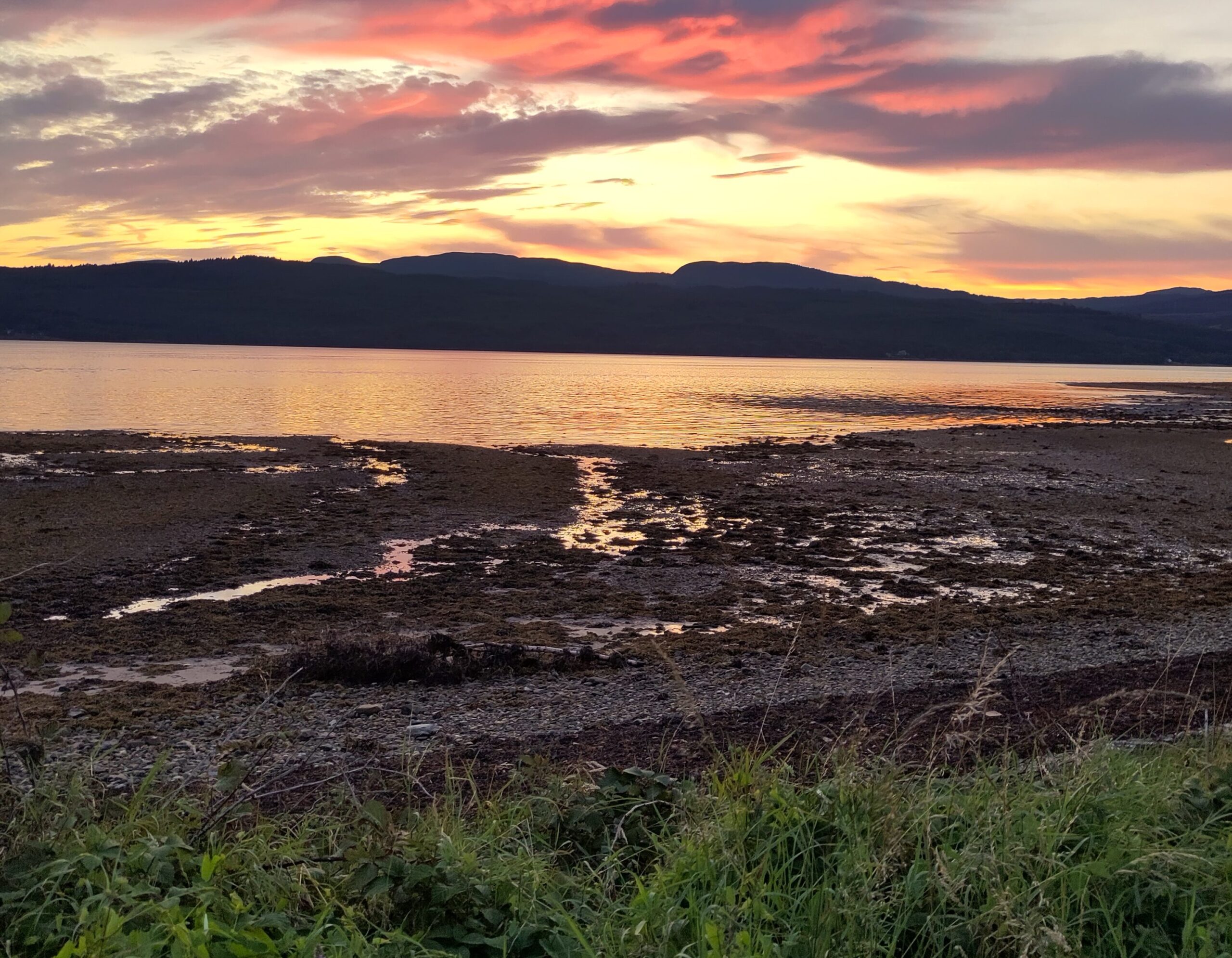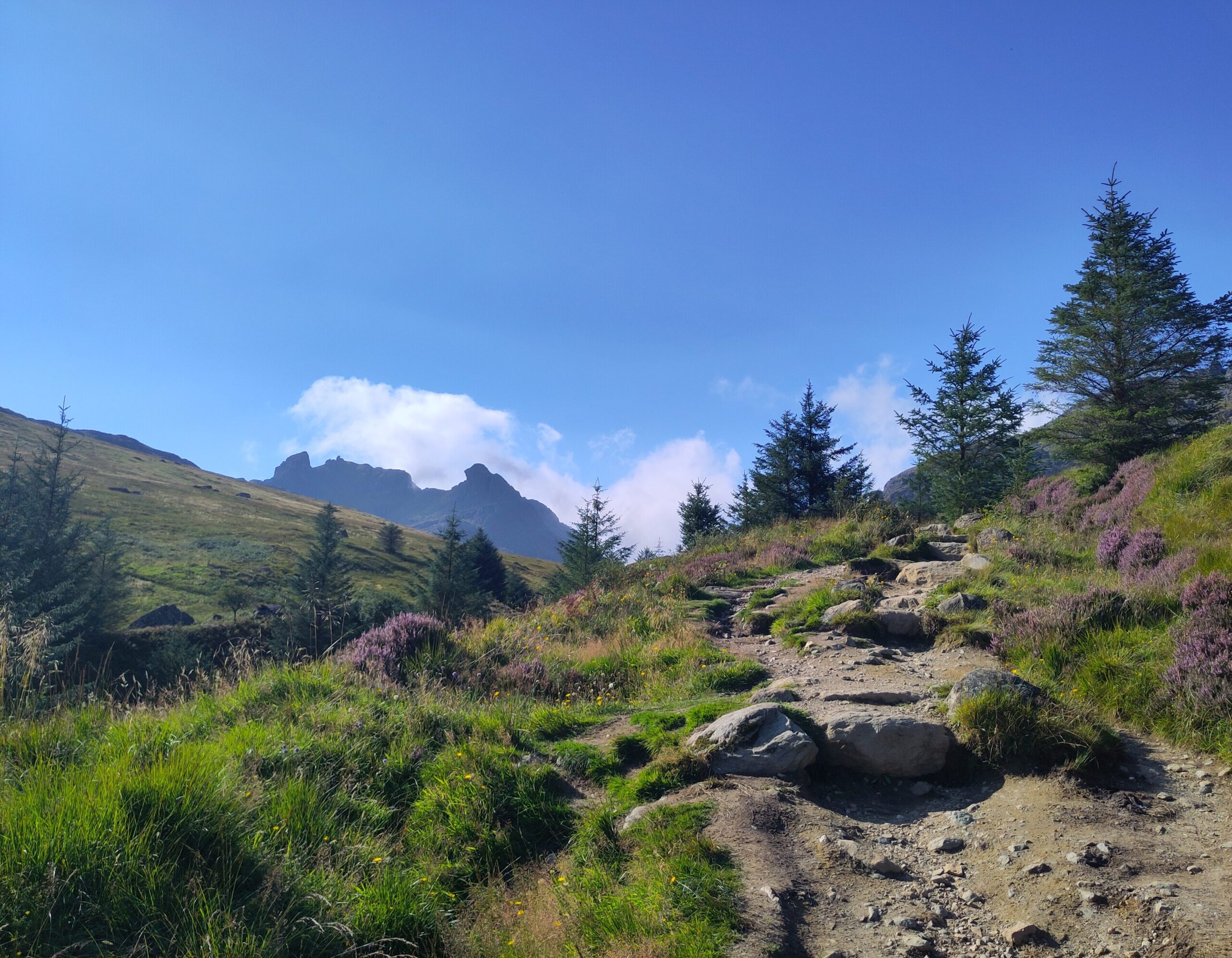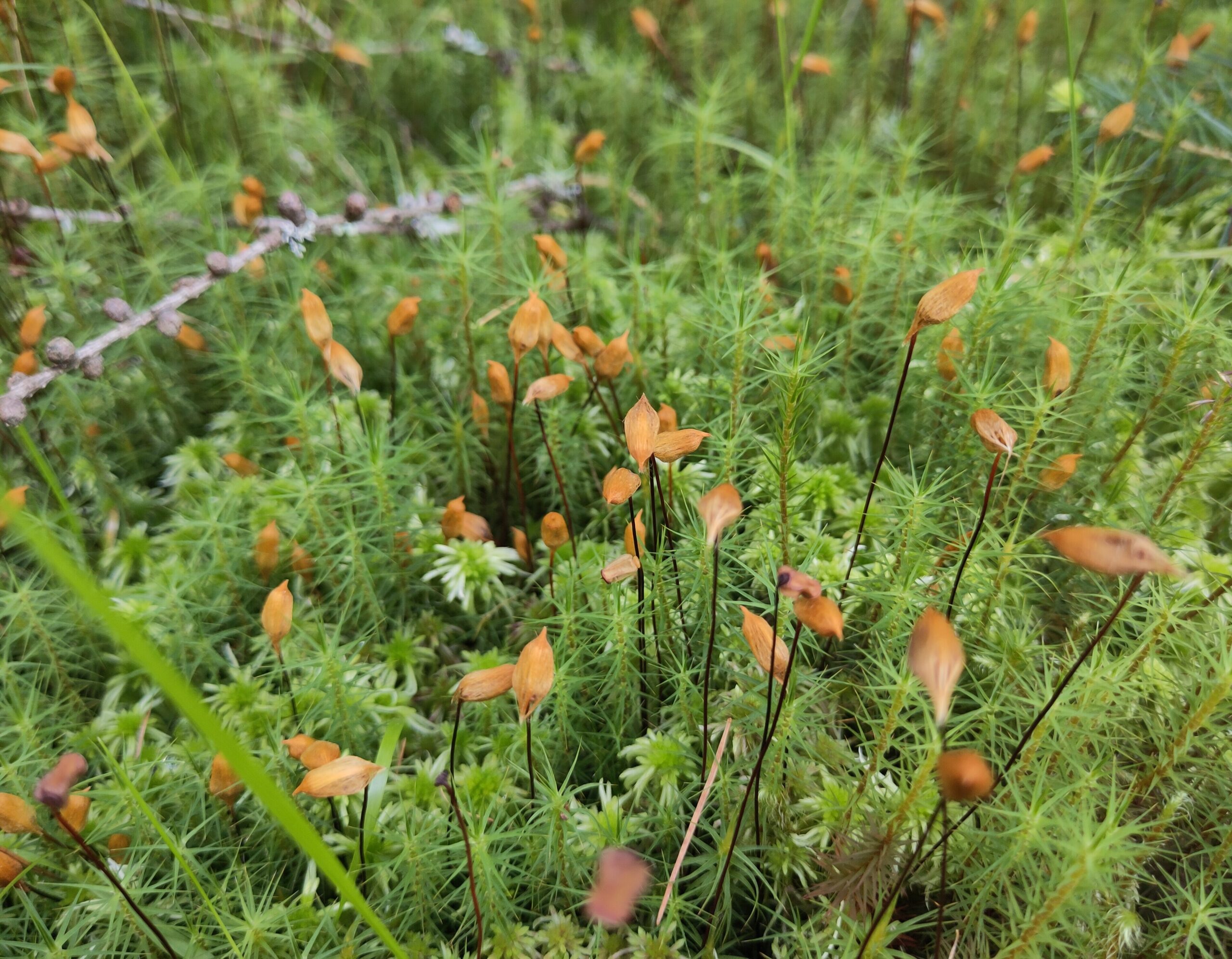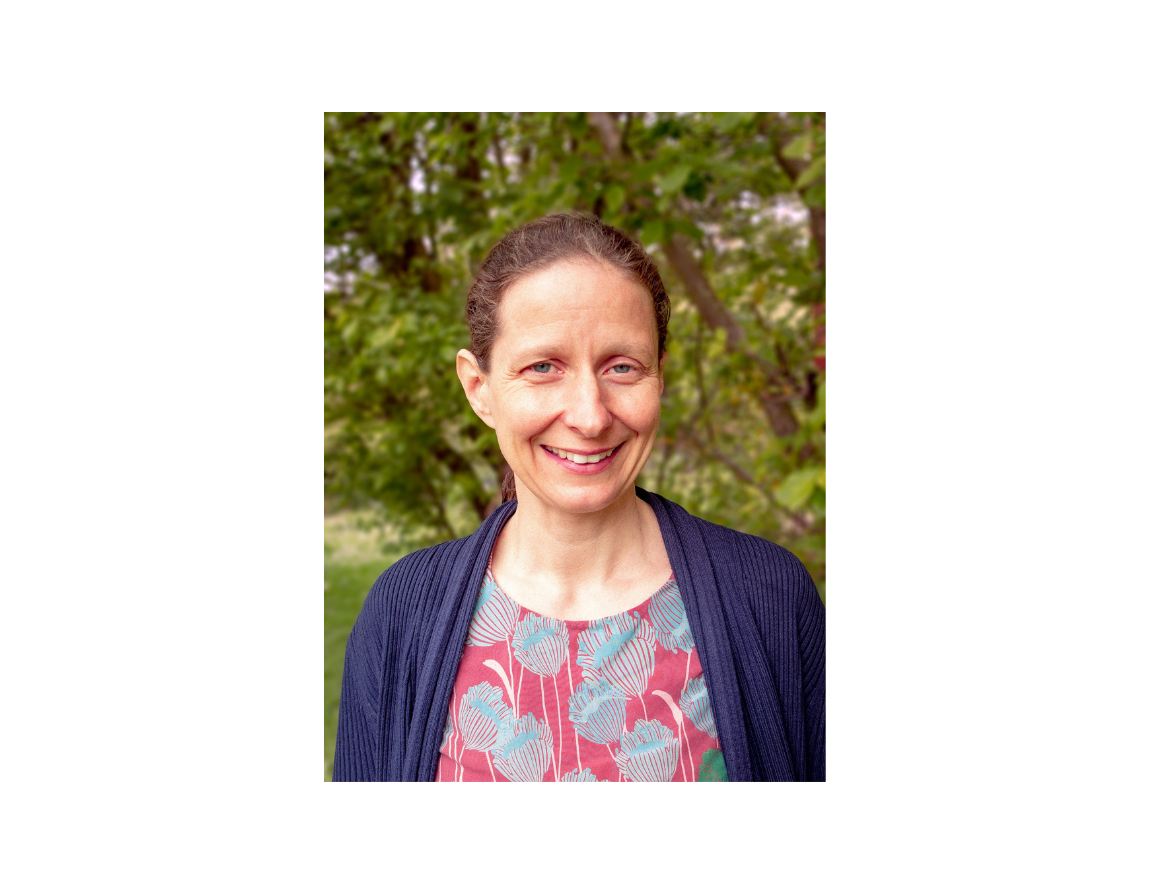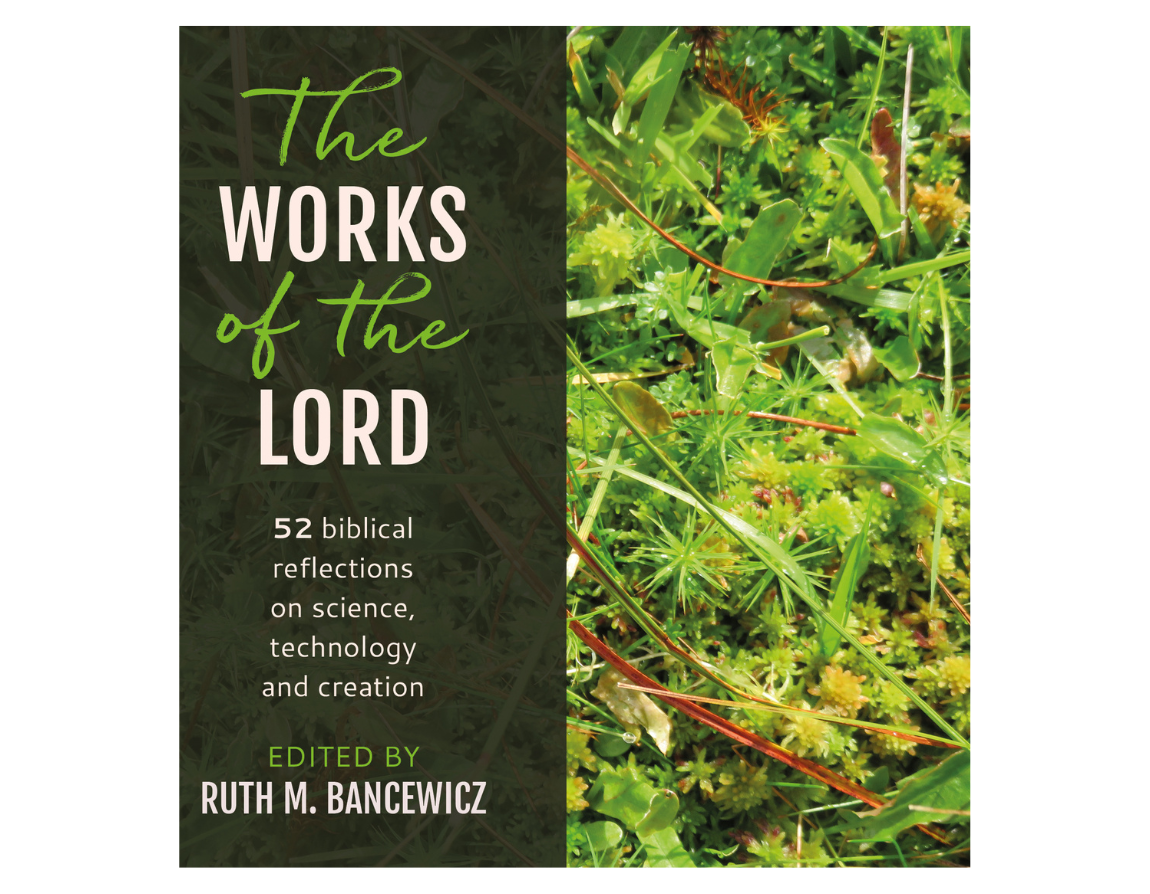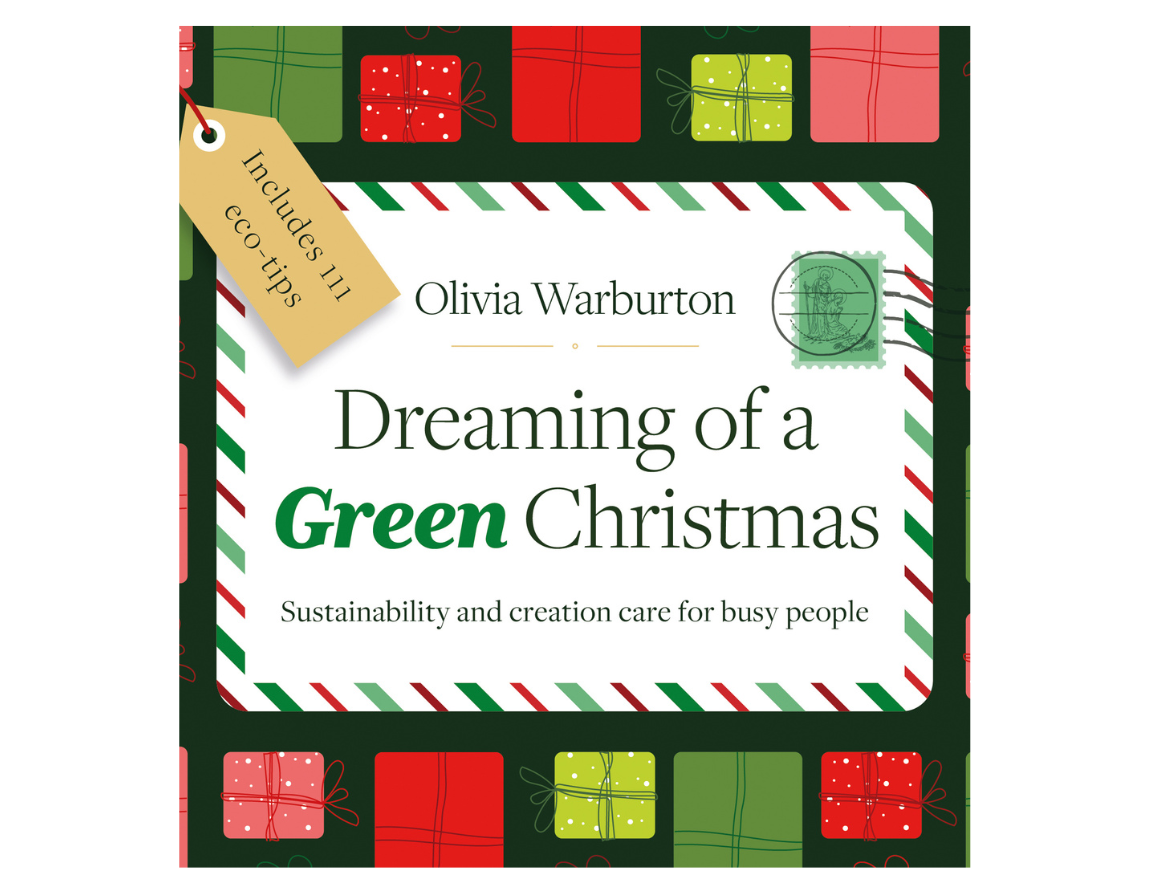Creationtide runs from 1 September until the Feast of St Francis on 4 October, and the theme of this year’s season is ‘Peace with Creation’. In the first of three articles by BRF Resources authors to mark the season, Ruth Bancewicz, editor of The Works of the Lord, considers the relationship between what we eat and living in peace with creation.
14 September 2025
Eating well?
A recent visit to a neolithic village on the west coast of Scotland set me off wondering what it would be like to be alive four thousand years ago. With only the relatively light impact of hunter–gatherer activities, the shoreline and hills of Argyll would no doubt have been full of food. There would have been plenty of fish, shellfish, plants and fungi available all summer, for those with the knowledge and skills to find them. On the other hand, you’d have to make your own tools and clothing, dodge predators, look for safe shelter at night, rely on your own knowledge to handle any health issues, and store as much food as possible to survive winter.
I’m grateful for the technology that has kept me alive so far, but it has come at a cost. It’s fairly safe to say that Christians have often prioritised our mandate to ‘fill the earth and subdue it’ (Genesis 1:28–29), over our calling to tend and keep creation (Genesis 2:15). On our Scottish holiday, we did not have to fear for our lives (except perhaps on the roads), had a comfortable home to stay in and plenty of food, and were well equipped with all sorts of outdoor gear. But, through greed or lack of wisdom, humankind has produced a world in which we had to walk under giant electricity pylons, pick swimming spots carefully to avoid sewage outflows, and bring all our own food (save some handfuls of blackberries). A neolithic era person visiting modern Scotland would no doubt grieve that much of the land is degraded, polluted and stripped of biodiversity.

